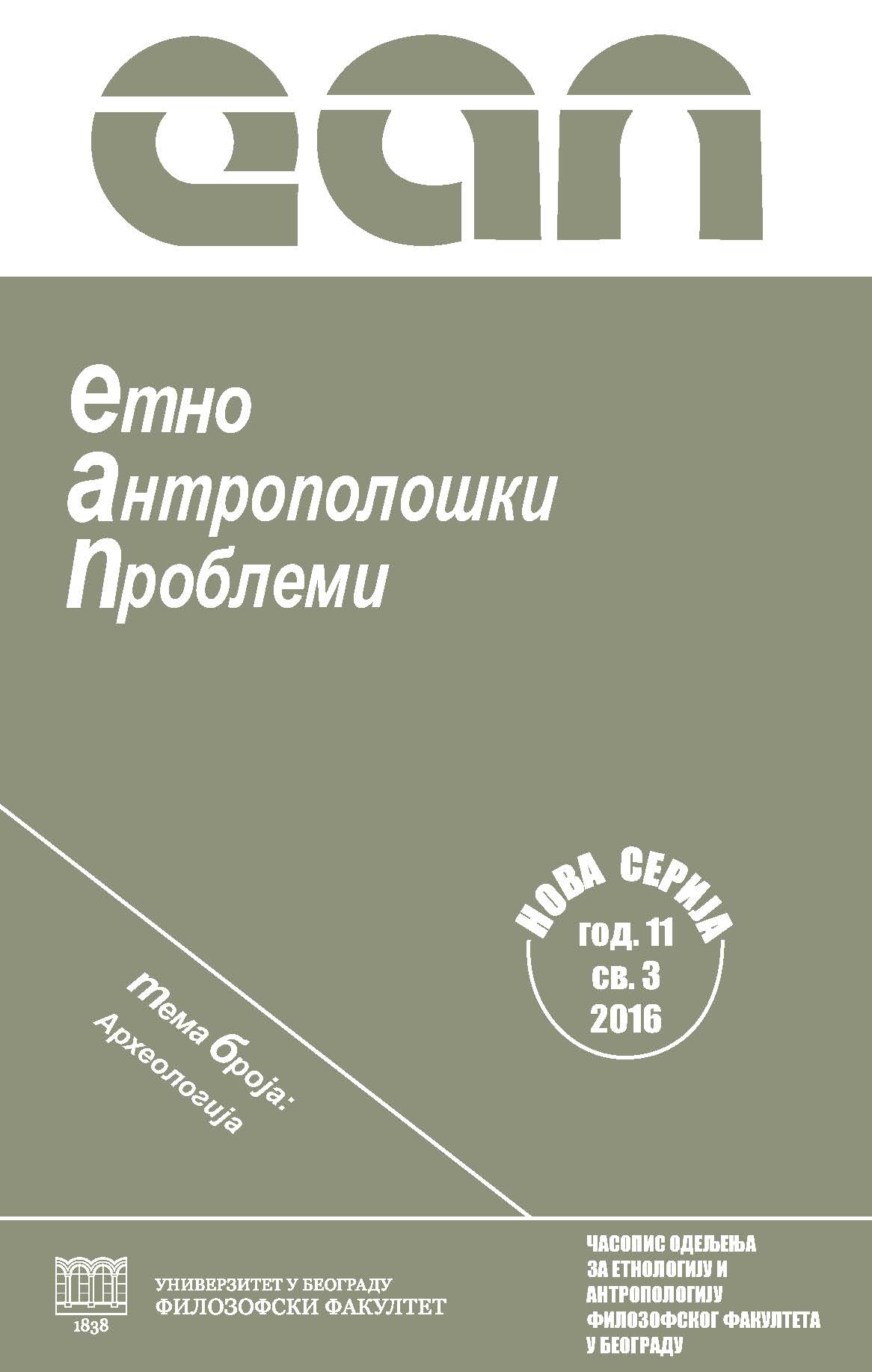Temples in the Ghassulian Culture: Terminology and social implications
Temples in the Ghassulian Culture: Terminology and social implications
Author(s): Milena Gošić AramaSubject(s): Archaeology
Published by: Филозофски факултет, Универзитет у Београду
Keywords: temple; Chalcolithic; terminology; ritual; complexity; Ghassulian; Levant
Summary/Abstract: Archaeological discussions on prehistoric ritual are largely concerned with their material remains, including architectural debris. The first step in interpretation of such remains is their precise identification and categorization. There are numerous terms for objects and architectural remains that are widely utilized in the archaeological jargon, including, but not limited to, the terms temple, sanctuary and shrine. During almost a century of studying the Chalcolithic Ghassulian culture of the southern Levant, various architectural structures excavated at the sites of Teleilat Ghassul, Gilat and En Gedi have all been interpreted as temples, sanctuaries, or shrines – terms that in case of the Ghassulian culture are used as synonymous of temples. However, the actual architectural remains from these sites differ significantly and explicit definitions on what is meant by the terms used are rare. Apart from demonstrating the importance of properly defining a term in a context in which it is used, the aim of the present paper is to compare these various architectural remains, as well as various interpretations of Ghassulian society and the role the presumed temples played in them. This will be the basis for evaluating how classifying archaeological structures as temples has influenced interpretations of Ghassulian social organization.
Journal: Етноантрополошки проблеми
- Issue Year: 11/2016
- Issue No: 3
- Page Range: 869-893
- Page Count: 25
- Language: English

